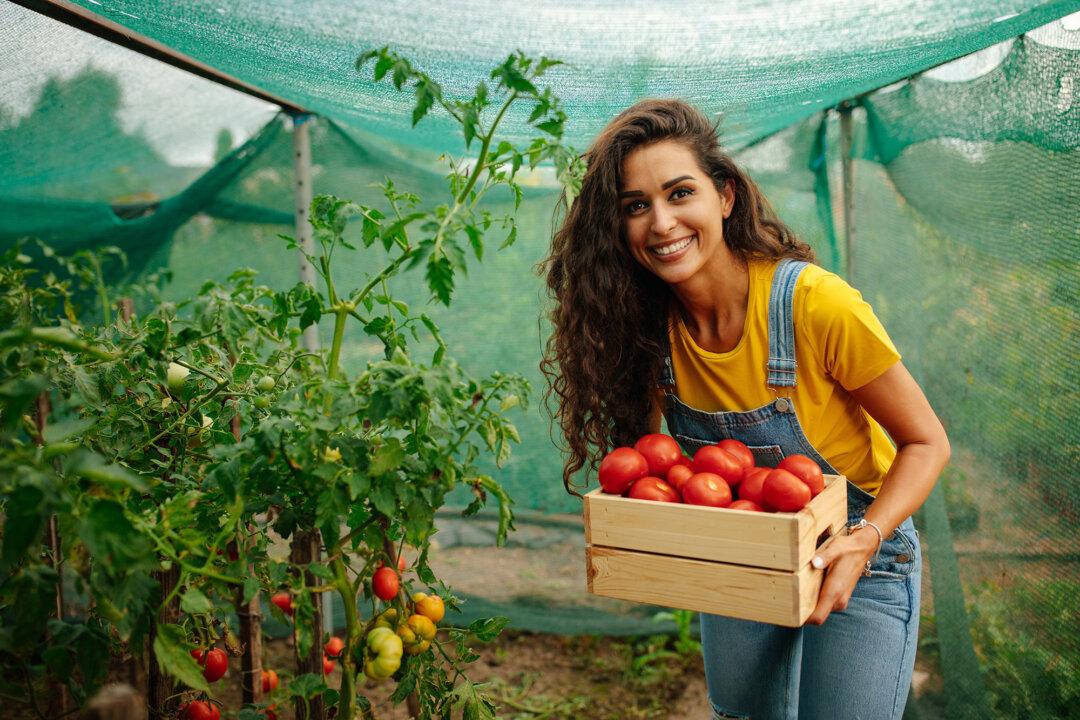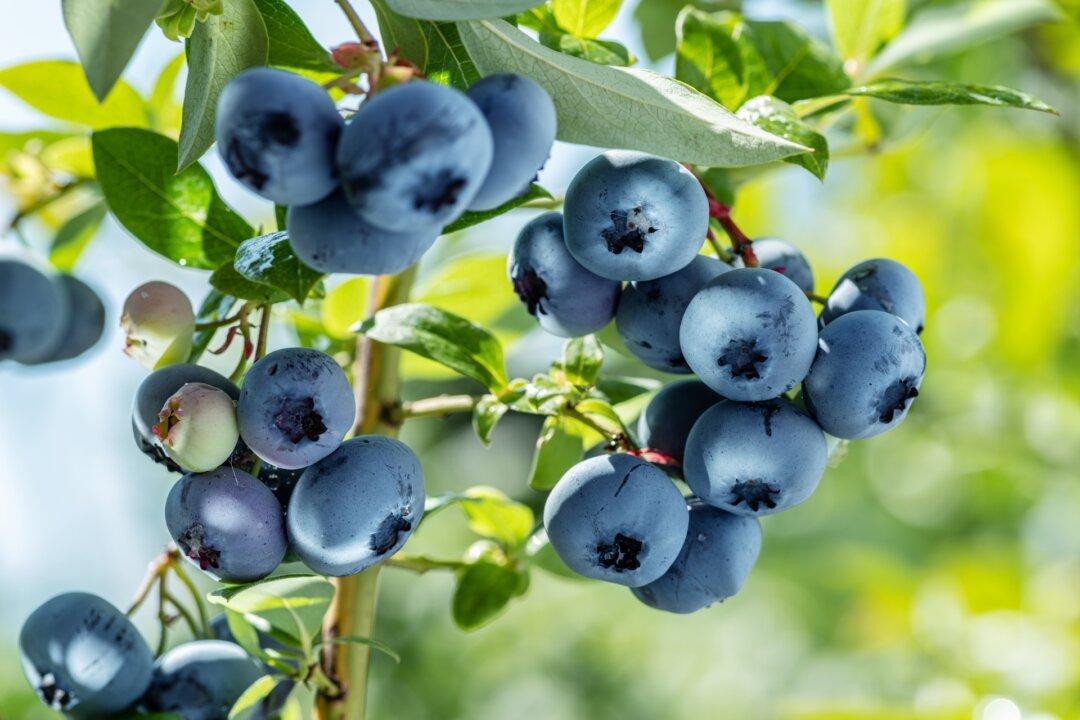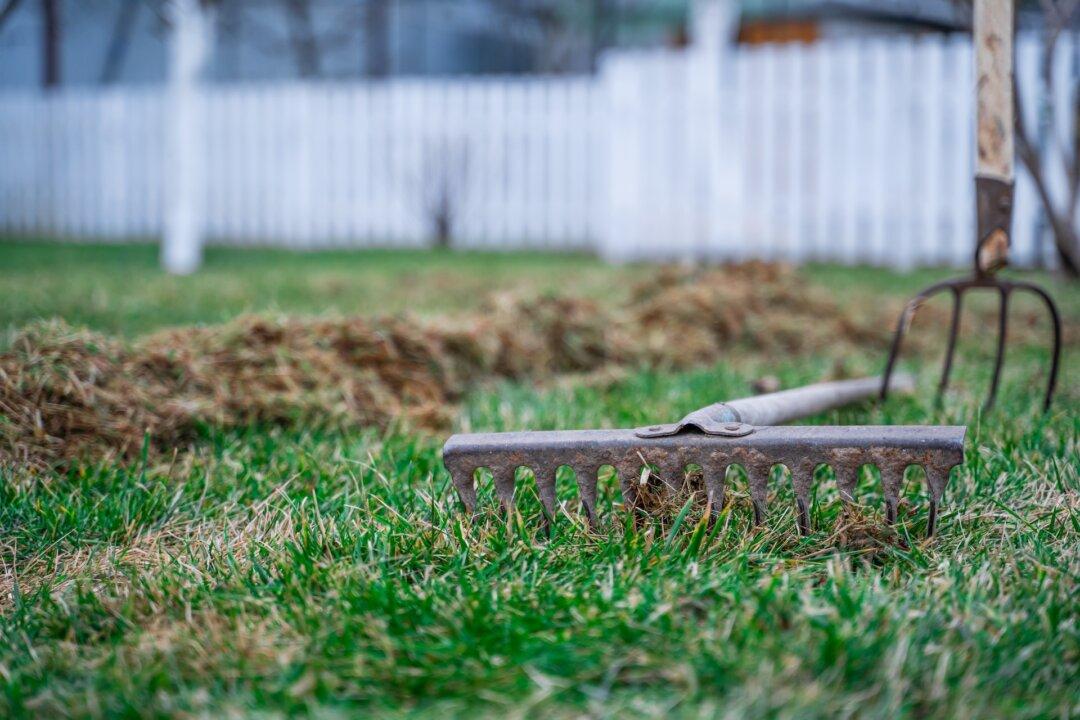Hybrids or heirlooms. Determinate or indeterminate. Small (cherry, grape), medium, or large (beefsteak). Heat-resistant for long, hot summers or fast-maturing for short-season growers. There are also color choices to consider: red, yellow, purple, or orange. Not to mention types of disease resistance.
The Traditional Heirloom
Once handed down in families but now available commercially, heirloom tomatoes are non-hybrids that have been cultivated for more than 50 years and are open-pollinated by wind, rain, and insects.A great benefit to these open-pollinated plants is that the seeds breed true, which allows for seed saving and swapping. These are the seeds found in prepper kits, because one bag can result in generations of gardens. Some gardeners claim that after growing an heirloom in a certain location for a while, each resulting year’s seeds become more acclimatized and robust as the plants adapt. Still, heirlooms do not offer the pest and disease resistance and other benefits of specially created hybrids.

The Hybrid Advantage
While a hybrid at its most basic is a blending of two parent plants, it is actually a much more scientific and time-consuming process, as seed companies work for years to get the right combination of desirable traits. Hybrids are bred to offer stronger growth, better yields, a higher survival rate as seedlings, and increased disease resistance. They also tend to require less care than heirlooms.So why not use hybrids exclusively? Because their genetics are not stable enough to produce reliable seeds, so seed saving is out, though some adventurous gardeners do save some seeds to see what happens (it may grow up to be one of the parent plants, or the other, or something totally unexpected and potentially untasty).
Disease Defiant
Better Boy, Super Sweet 100, Celebrity, Early Girl, Brandywine, SuperSauce, Rutgers, and Big Daddy are highly popular because of their robust disease resistance, but there are many more to choose from. Look for the following codes on seed packages for resistance to the most common tomato problems: V (Verticillium wilt), F (Fusarium wilt), N (root-knot nematode), T or TMV (tobacco mosaic virus), and A or ASC (Alternaria stem canker).
Down-to-Earth Determinates
The best choice for container gardens and novice gardeners, determinate tomatoes grow three to five feet tall on average, making them easy to care for (when in doubt, invest in a tomato cage).They are also a popular choice for northern gardeners with a short growing season, as they can produce their entire crop within a few weeks. Some actually have super-fast “days to maturity,” like Sub Artic Plenty (42–50 days), Patio Choice (45–50 days), and Fourth of July (which actually gives fruit in midsummer, about 49–55 days).
When it comes to determinates, just plant them and let them do their thing. Pruning should be kept to stragglers below the first real bottom branch or damaged branches, as these plants grow to a predetermined size and every branch removed means fewer tomatoes. Never prune the top, as that will bring growth to a halt. As they give their entire crop in a very short timeframe, determinate types are a top choice for canning and freezing, particularly Roma, San Marzano, Rutgers, Patio Choice, and Better Bush.
Consider Celebrity, too, which is actually a semi-determinate since it grows to just three or four feet tall, but will continue to produce fruit until the first frost causes it to die back.

Inspiring Indeterminates
Want a summer filled with fresh-off-the-vine tomatoes until the first frost in fall? Indeterminates will grow and grow—up to 12 feet, depending on the variety—so give them plenty of space. This also means that they must be staked, caged, or supported by a tomato trellis.Judicious pruning is required to get the most fruit. Pinch off suckers (45-degree branches at the joint of the main branch to the main stem) while they’re small, or they’ll steal resources from fruit production. Some gardeners believe the perfect balance is to top the plant to two or three main stems, which leaves the fruits less exposed to sunscald. There are exceptions to this rule, such as the heirloom Everglades tomato, which produces currant-sized fruit and can be left to grow wild (literally), but be sure to give it plenty of space to sprawl.
Most indeterminates have good heat resistance. And as a bonus, if they stop producing during a heatwave, they will start again as soon as the temperatures begin to cool.







